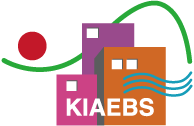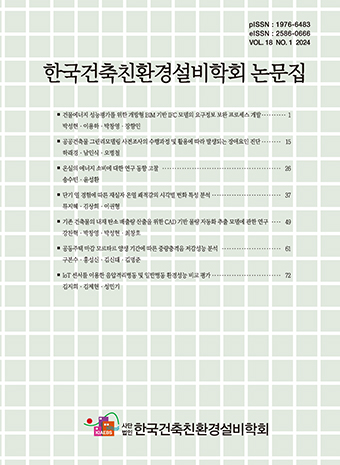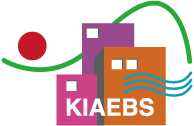Research Article
Abstract
References
Information
Yu, B., Seo, M., Moon, J., Lee, K. (2015). Analysis of the Part Load Ratio Characteristics and Gas Energy Consumption of a Hot Water Boiler in a Residential Building under Korean Climatic Conditions. Korean Journal of Air-Conditioning and Refrigeration Engineering, 27(9), 455-462.
10.6110/KJACR.2015.27.9.455- Publisher :Korean Institute of Architectural Sustainable Environment and Building Systems
- Publisher(Ko) :한국건축친환경설비학회
- Journal Title :Journal of Korean Institute of Architectural Sustainable Environment and Building Systems
- Journal Title(Ko) :한국건축친환경설비학회논문집
- Volume : 14
- No :1
- Pages :124-135
- Received Date : 2020-01-28
- Revised Date : 2020-02-03
- Accepted Date : 2020-02-04
- DOI :https://doi.org/10.22696/jkiaebs.20200012




 Journal of Korean Institute of Architectural Sustainable Environment and Building Systems
Journal of Korean Institute of Architectural Sustainable Environment and Building Systems








